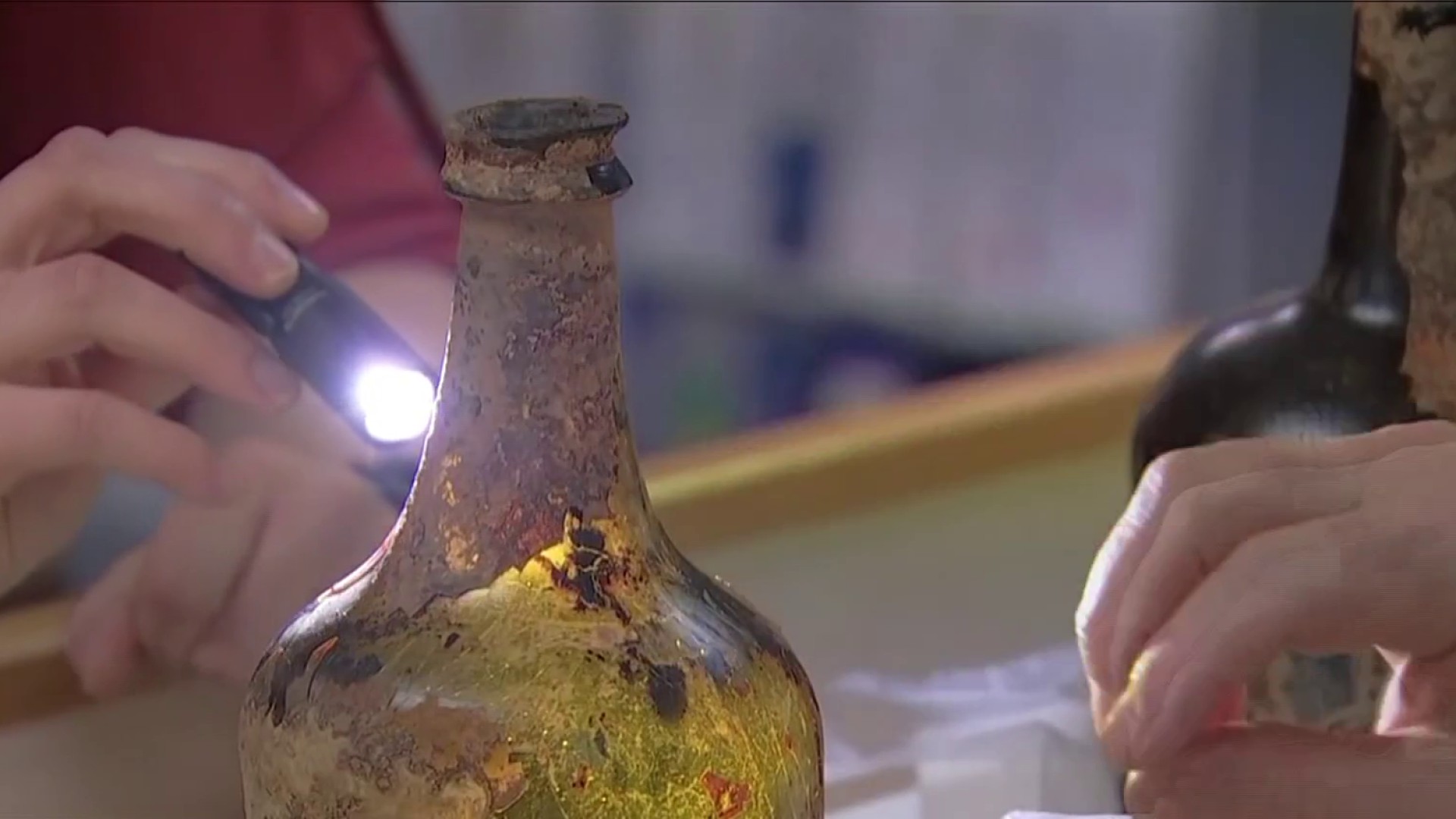Normal 0 false false false EN-US X-NONE X-NONE /* Style Definitions */ table.MsoNormalTable {mso-style-name:"Table Normal"; mso-tstyle-rowband-size:0; mso-tstyle-colband-size:0; mso-style-noshow:yes; mso-style-priority:99; mso-style-parent:""; mso-padding-alt:0in 5.4pt 0in 5.4pt; mso-para-margin-top:0in; mso-para-margin-right:0in; mso-para-margin-bottom:10.0pt; mso-para-margin-left:0in; line-height:115%; mso-pagination:widow-orphan; font-size:11.0pt; font-family:"Calibri","sans-serif"; mso-ascii-font-family:Calibri; mso-ascii-theme-font:minor-latin; mso-hansi-font-family:Calibri; mso-hansi-theme-font:minor-latin; mso-bidi-font-family:"Times New Roman"; mso-bidi-theme-font:minor-bidi;} They’re the hottest attraction right now at the National Zoo: Seven lion cubs younger than a year old.
The man responsible for playing matchmaker between the king of the National Zoo jungle and the two mothers is Craig Saffoe, the curator of the lions, tigers and bears exhibits.
“We’re kind of like the computer dating service for most of our animals," Saffoe said. “They come together and they sniff noses. Then we decide it’s time for you to have your real first date and then we open that gate and there you go.”
In the past year and a half since taking his current position, Saffoe has facilitated a baby boom at the zoo. It started with the Andean bears and the birth of their two little cubs, the first of their kind to be born and survive in this country since 2005. Then came the lions, and most recently in December a giant anteater was born and joined the national zoo family.
Animal keeper Karen Abbott credits Saffoe’s patience.
“He is willing to relax and not force the animals into a plan but let them dictate the plan to us,” Abbott said.
During this same time he saw the birth of his first child, Carl, who just turned 1. Now many say this curator has the magic baby touch.
Local
Washington, D.C., Maryland and Virginia local news, events and information
“I have had a great team around me everywhere that I go and if it makes me look like I have the Midas touch," Saffoe said. "I’ll take it.”
Saffoe’s next project is getting the Sumatran tigers to mate. Right now, they’re considered critically endangered species with only about 400-500 left in the entire world. But Saffoe said introducing two new tigers is not only difficult, but also can be dangerous.
“If you don’t get it right, if you don’t put them together at exactly the right time, there could be a violent outcome, so we have to pay even more specific attention with them,” he explained.
With all this baby experience, Saffoe thinks his team is ready. Then just maybe he’ll move on to the pandas so we could see the next Tai Shan.



